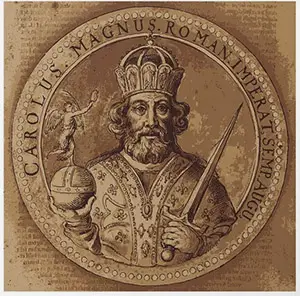
The Game For 3 Players
The game for 3 players is the most demanding because it contains more elements that must be watched. Thus, we recommend you play the 2 player version at least once before playing the game with 3 players.
The rules for 3 players are the same as those for 2, except for the following:
Players use 8 castles of each color (not 10), 4 dice, 3 courts, and 3 sets of discs (one of each color). Return 2 castles of each color, 1 court, and the 2 remaining sets of discs to the box.
The goal is to build 8 castles (not 10).
Each player begins with a reserve of 9 paladins (not 7) and, therefore, begins by throwing 9 dice (3 x 3).
On each turn, a player plays 4 paladins (not 3), and, therefore, replenishes 4 at the end of each turn, throwing the 4 dice to do so.
When checking the majority in a territory, it need only be relative, not absolute (a player must have more than each of the other two).
The order of play is that of the numbers on the 3 discs. This is also the order players will play their discs in the next turn.

The Game For 4 Players
The game for 4 players is the most exciting and dynamic version, often allowing a continuous string of surprises and dramatic turnovers.
The players play in partnerships, 2 against 2. Partners may sit opposite or next to each other. The rules are the same as the game for 2 players, except for the following:
The 2 partners use the same set of 10 castles, but otherwise each player uses his own equipment as in the game for 2 (partners use discs of the same color). Return 1 die, the 10 gray castles, and 5 gray discs to the box.
The 4 players play in the order of the numbers on the discs they play; it may, therefore, happen that partners play next to each other in turn order.
Each player has his own court where he lines up his own paladins from his own reserve. There may be no passing of paladins from one court to the other.
Colors are controlled by individual players not partnerships. A color can only be controlled by one player: the one who has lined up most paladins of that color in his court. The paladins in the two partners' courts are not added together for partnership control.
The territories, however, are jointly controlled by the partners. When checking for a majority in a territory, the total of paladins controlled by one partnership is compared to the total controlled by the other partnership. This is the criterion used for building castles and for taking over territories.
Players decide before the game whether partners are allowed to talk to each other. In a "serious" game there should be no talk. Remember that "unserious" games are often the best.
Continue Reading
